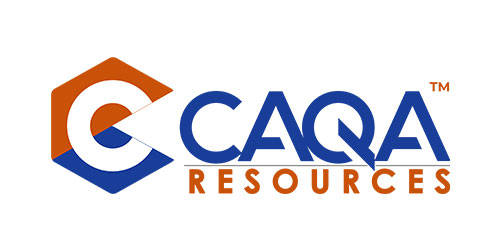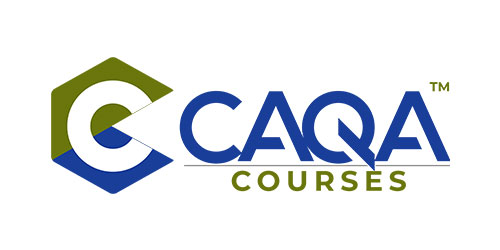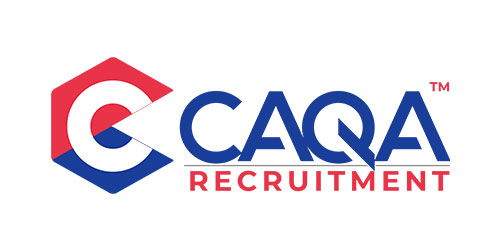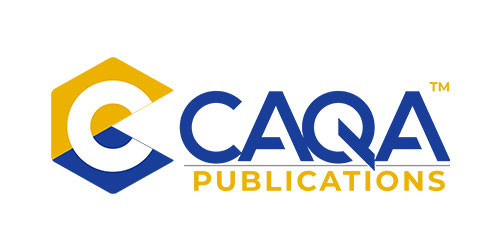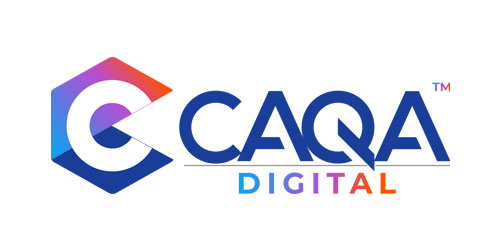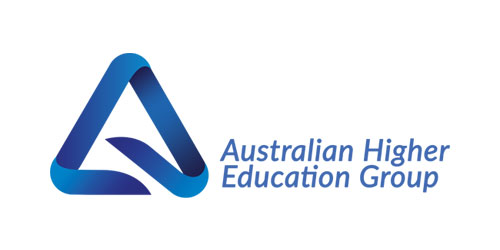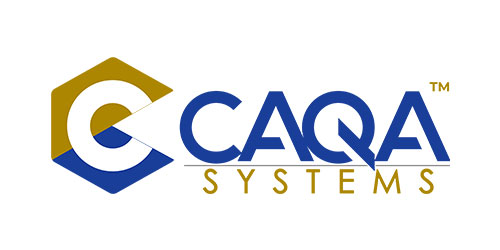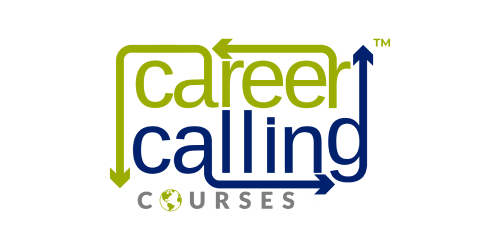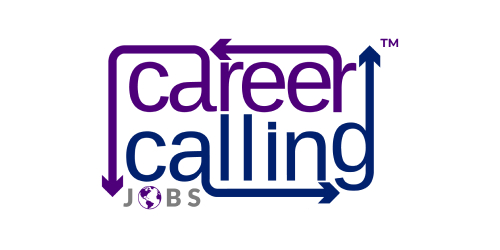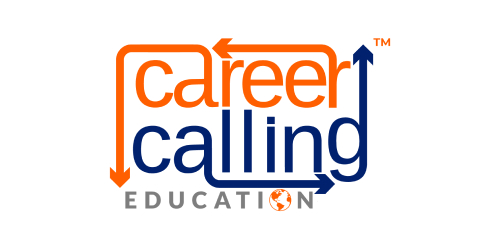
News
Quality Assurance (QA) is a way of preventing mistakes and defects in manufactured products and avoiding problems when delivering products or services to customers; which ISO 9000 defines as “part of quality management focused on providing confidence that quality requirements will be fulfilled”. QA is, therefore, the process of quality planning plus quality control.
The quality assurance process in education and training
Quality assurance involves the systematic review of educational provisions to maintain and improve quality, equity and efficiency. It encompasses organisational self-evaluation (internal audits), external evaluation (including inspection), the evaluation of staff (trainers, support staff and management), and evaluation of learner training and assessments. Developing and implementing a strong quality assurance systems is crucial to building and supporting high-quality, inclusive education and training.
The difference between QA and QC
Quality Assurance and Quality Control are two terms that are often used interchangeably. Although similar, there are distinct differences between the two concepts.
Quality Assurance
Quality assurance can be defined as “part of quality management focused on providing confidence that quality requirements will be fulfilled.” The confidence provided by quality assurance is twofold—internally to management and externally to customers, government agencies, regulators, certifiers, and third parties. An alternate definition is “all the planned and systematic activities implemented within the quality system that can be demonstrated to provide confidence that a product or service will fulfill requirements for quality.”
Quality Control
Quality control can be defined as “part of quality management focused on fulfilling quality requirements.” While quality assurance relates to how a process is performed or how a product is made, quality control is more the inspection aspect of quality management. An alternate definition is “the operational techniques and activities used to fulfill requirements for quality.”
Conceptualising quality in education and training
Harvey and Green (1993) explore the nature and usage of quality in relation to higher education and point out that quality is a relative concept. Harvey (2004–12) provides definitions that are summarised below.
- The exceptional view sees quality as something special.
- Quality as perfection sees quality as a consistent or flawless outcome.
- Quality as fitness for purpose sees quality in terms of fulfilling a customer’s requirements,needs or desires.
- Quality as value for money sees quality in terms of return on investment.
- Quality as transformation is a classic notion of quality that sees it in terms of change from one state to another. In educational terms, transformation refers to the enhancement and empowerment of students or the development of new knowledge.
Another perspective on the concept is offered by Cheng (2001), who states that the worldwide education reforms have experienced three waves since the 1970s. He proceeds to identify three paradigm shifts in quality improvement in education:
- internal quality assurance,which ‘makes an effort to improve internal school performance,particularly the methods and processes of teaching and learning’;
- interface quality assurance, which emphasises ‘organisational effectiveness, stakeholders satisfaction and market competitiveness and makes an effort to ensure satisfaction and accountability to the internal and external stakeholder’;
- future quality assurance,which is defined ‘in terms of relevance to the new school functions in the new century as well as relevance to the new paradigm of education concerning contextualised multiple intelligences, globalisation, localisation and individualisation’.
Quality assurance in a training organisation
In a training organisation, quality assurance is part of almost everything from industry engagement, development of training and assessment strategies, advertisements and marketing, student enrolment and admission, identifying and categorising individual student needs, provision of assistance and support, developing and delivering quality training and assessment, recording and awarding of certification to data archival processes.
We will focus on the main pillars of Quality Assurance in our coming series of articles and include the following three pillars:
- Responsibility and accountability
- Documents and records control
- Continuous improvement
 1800 961 980
1800 961 980 info@careercalling.com.au
info@careercalling.com.au













